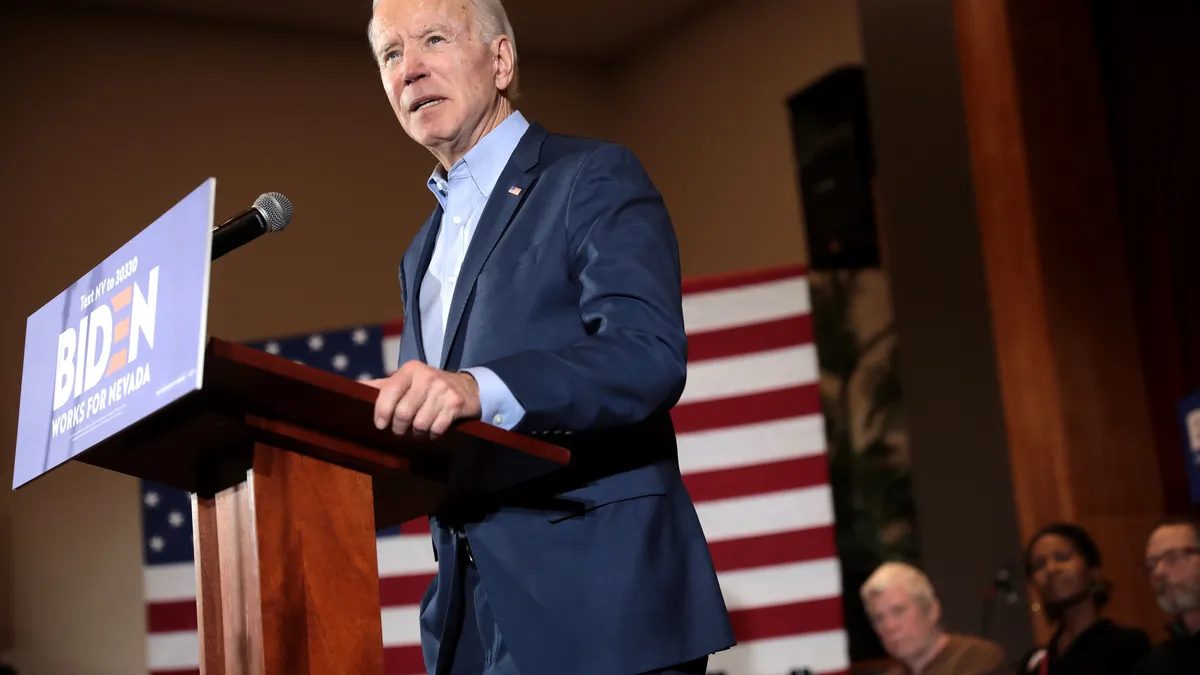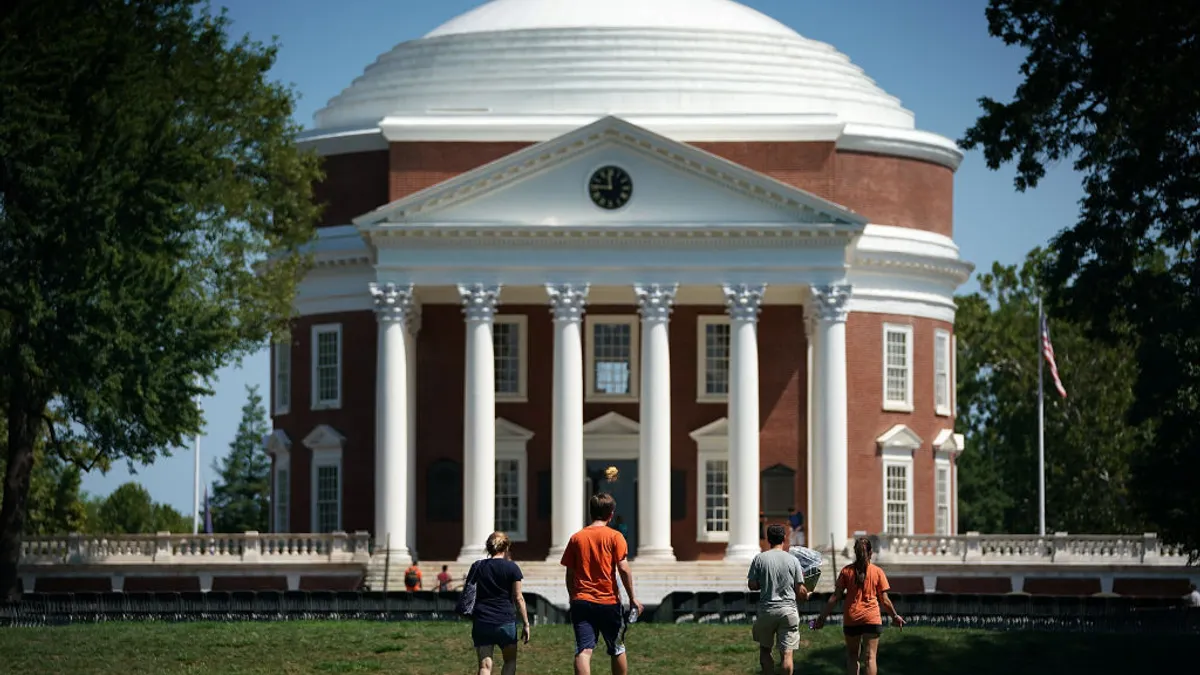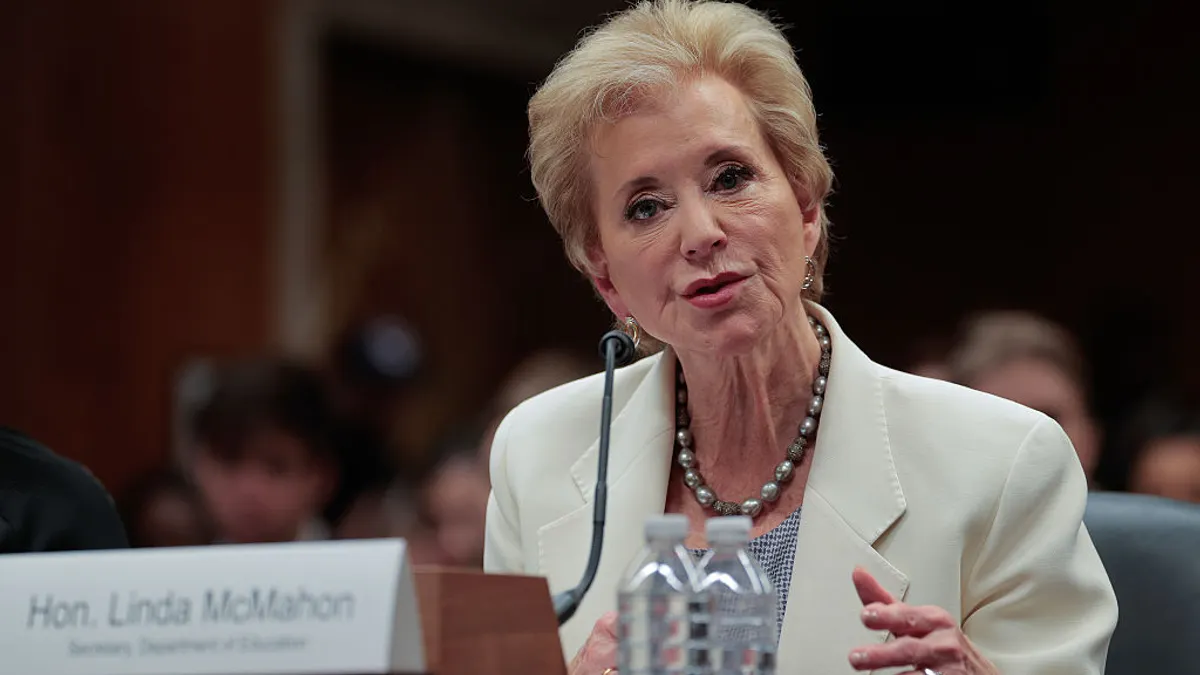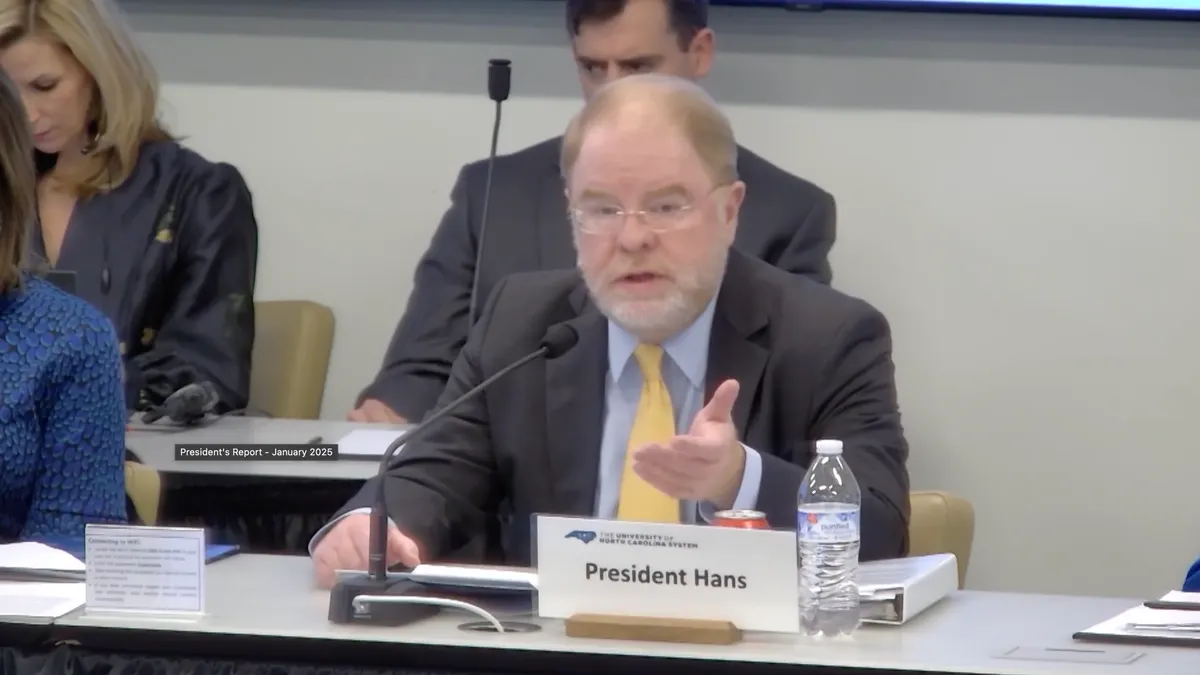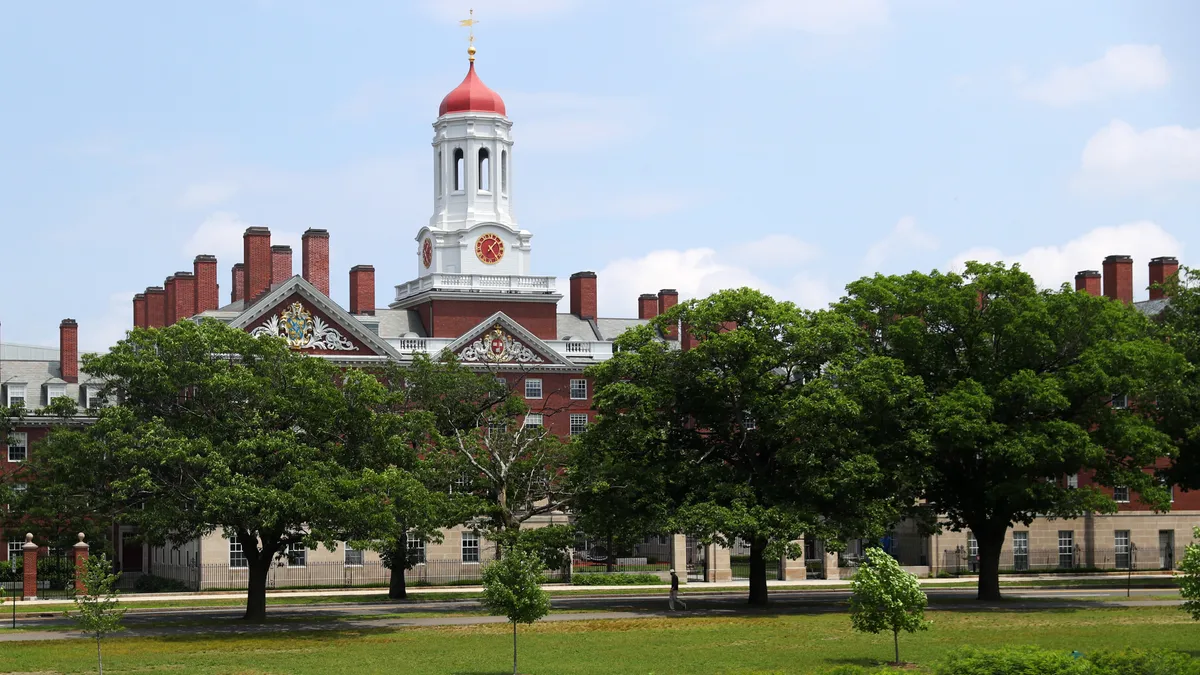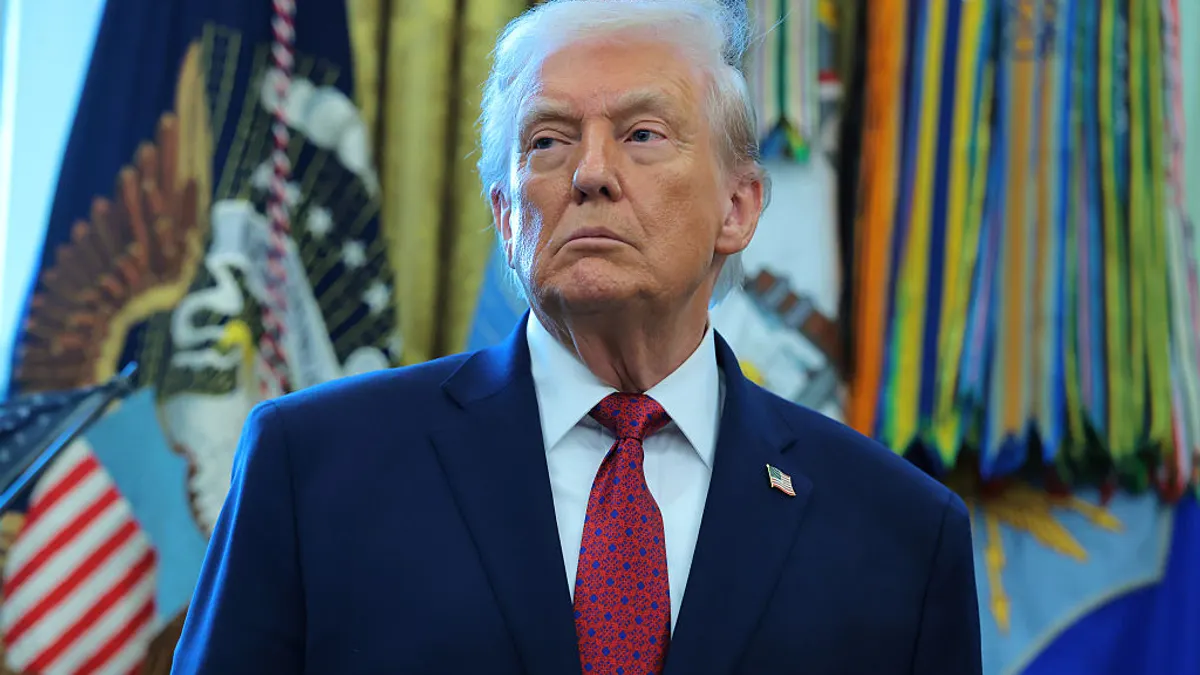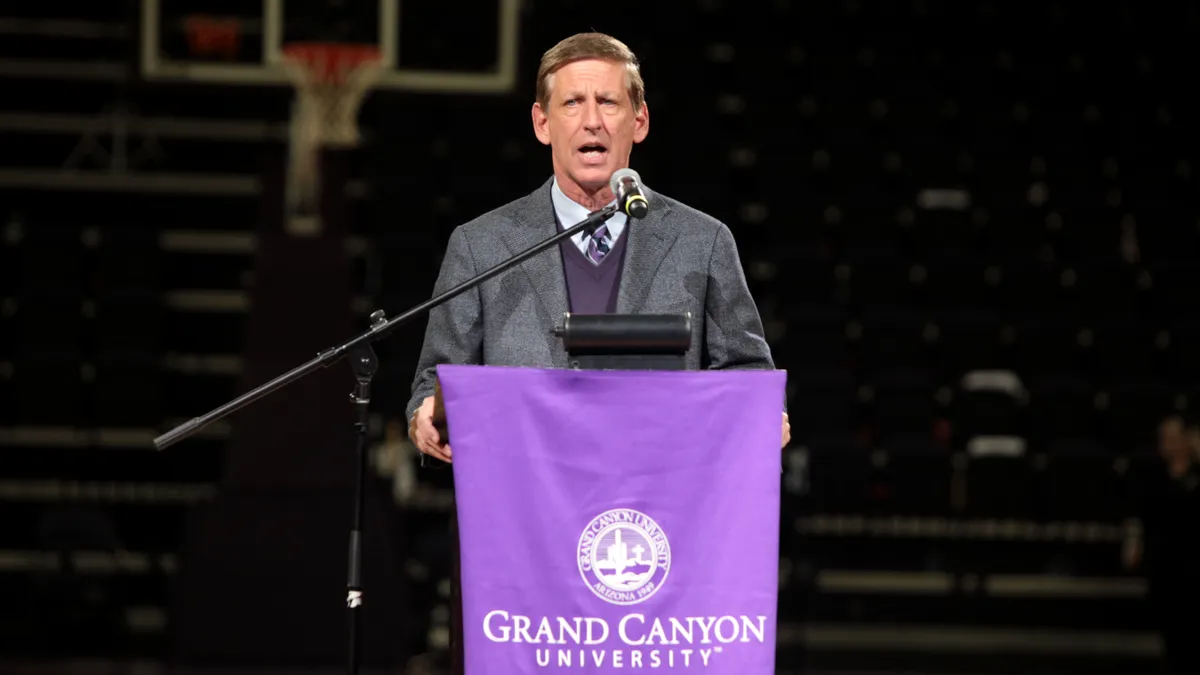As pundits and the public furiously debate student loan debt cancellation and the feasibility of President-elect Joe Biden's other more progressive higher education plans, his proposal to double the federal Pell Grant is under less scrutiny.
That's likely because investing more heavily in Pell, the largest source of federal grant money to help low- and middle-income students pay for college, is a longstanding and widely favored idea among education groups. And lawmakers across the political spectrum have supported the program, with some pushing to loosen its restrictions so incarcerated individuals, or those enrolled in short-term courses, can use Pell dollars.
Despite the program's popularity, the U.S. is in the thick of a public health crisis and a resulting recession. When Biden takes office in January, the country will not have seen a federal relief package since March, as negotiations on more aid have stalled. He also said he is intent on immediately unraveling several of President Donald Trump's cornerstone policies.
The more urgent pressures likely mean Pell won't be one of Biden's top priorities. Policy experts are optimistic, however, that the former vice president will revitalize the program, possibly through the next coronavirus aid bill or the traditional appropriations process. Students and families have suffered in the financial turmoil of the pandemic, they said, making Pell more important than ever.
"The moral imperative is greater now than it has been in recent years," said Clare McCann, deputy director for federal higher education policy at left-aligned think tank New America.
Ways to double Pell
Pell, which emerged nearly 50 years ago, is a flexible funding source. Students can use it for education-related expenses outside of tuition, such as books and supplies, even transportation.
The grants have also severely diminished in buying power. In its inaugural years, Pell covered nearly 80% of students' college tuition, fees and housing at a public four-year college. Now it barely covers 30%, a result of ballooning tuition outpacing inflation. A recent assessment by the National College Attainment Network found not even half of two-year public schools, and just a quarter of four-year public institutions, were affordable for the average Pell Grant recipient in the 2017-18 school year.
Funding the $30 billion program has also proven challenging. Pell is a major piece of the federal government's higher education spending, and it must dedicate a certain amount of money to the program. When the economy contracts, more students tend to enroll in college to sharpen their skills, leading to more Pell Grants being issued. This trend held during the Great Recession. However, this fall, the number of students attending college decreased, according to preliminary data from the National Student Clearinghouse Research Center.
The Pell Grant has grown incrementally. Trump's most recent budget raised the maximum award to $6,345 for the 2020-21 academic year, a $150 increase.
Tamara Hiler, director of education at center-left think tank Third Way, believes there's political appetite to drastically boost Pell, despite the price tag. The organization recently outlined the various ways Congress could accomplish this. Lawmakers could also choose to change the eligibility requirements, limiting how many moderate- and upper-middle income students could get grants. The Pell program has been criticized for expanding to benefit middle-income students.
In any scenario, Pell expansion is more palatable for some lawmakers than other affordability measures such as free college, Hiler said, which under Biden's plan would require significant contributions from states.
Increasing the maximum Pell award would also benefit states' existing free tuition programs because many of them are last dollar, Hiler said. That means they take into account existing aid, such as federal support, before making an award. Thus, more federal dollars flowing to students would alleviate financial burden on the states, she said.
Additionally, spending caps put in place by the Budget Control Act are set to expire next year, potentially freeing Congress to make big investments in Pell, McCann said.
Will lawmakers go for it?
Whether Congress will greenlight a Pell increase largely hinges on which party takes control of the Senate, said Frederick Hess, director of education policy studies at the American Enterprise Institute, a right-leaning think tank. If Democrats win both Senate runoff races in Georgia this January, Vice President-elect Kamala Harris would serve as the tiebreaker on split votes.
Still, Pell reform could pass without complete Republican support, Hess said, even if Democrats couldn't double the grants. Progressive legislators could make the concept more attractive across the aisle by broadening the program to include students in short-term and career-oriented programs. This would appeal to prominent GOP senators who have expressed interest in such initiatives, including Marco Rubio and Josh Hawley, Hess said.
Bipartisan legislation introduced in the Senate last year, the JOBS Act, would have extended Pell into courses and programs "recognized by employers in the relevant industry" that are as short as eight weeks. Current rules limit the grants to programs of at least 15 weeks.
The bill would have required state workforce boards and the U.S. Department of Education to approve which short-term programs qualify But some critics of the idea say it would invite exploitation, including by for-profit institutions that have historically had poor student outcomes.
Industry groups, however, are confident in the quality assurance guardrails the JOBS Act and similar legislation would create. The National Skills Coalition, a nonprofit that has advocated for expanding Pell to short-term courses, believes growing the program is especially crucial now, said Katie Spiker, the group's director of government affairs. Workers can gain medical and manufacturing expertise that would help in the pandemic response, she said.
The coalition has pressed the Biden transition team to create a new position in the Education Department who would specialize in community and technical colleges and help oversee initiatives like the proposed expansion to the Pell program.
"This administration has an opportunity … to modernize these policies and enable them to serve both students who are actually in school, as well as those returning because of job loss," Spiker said.


